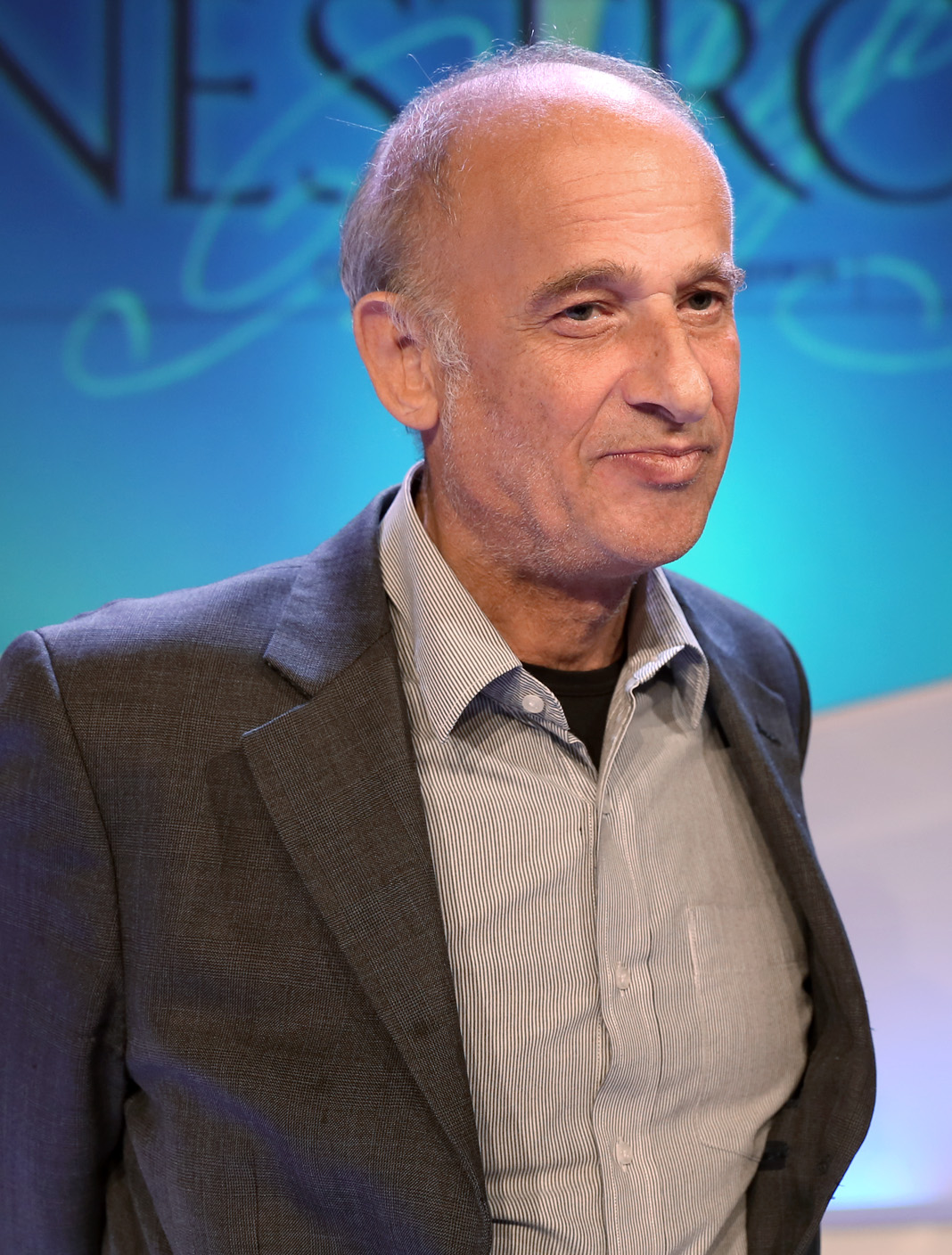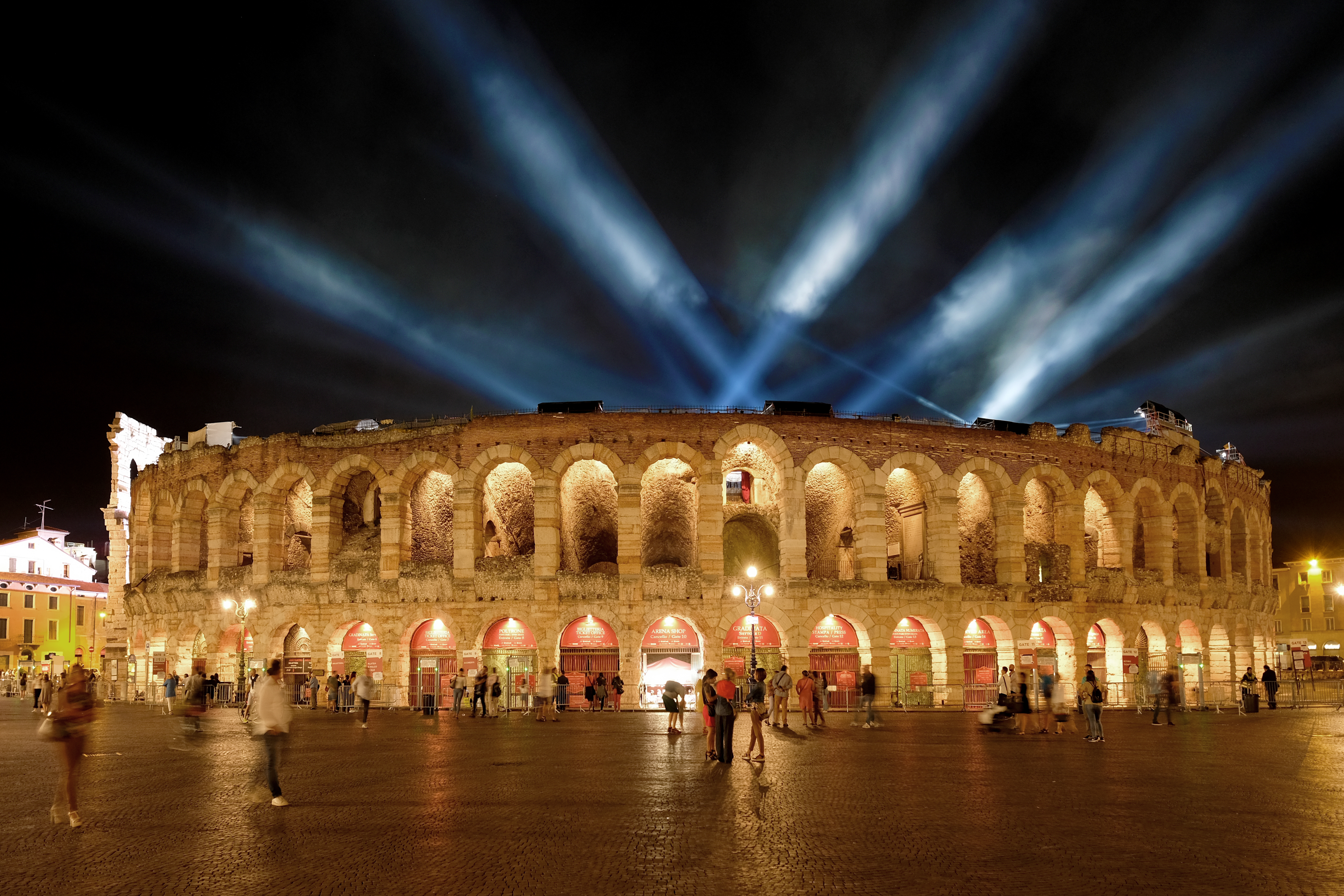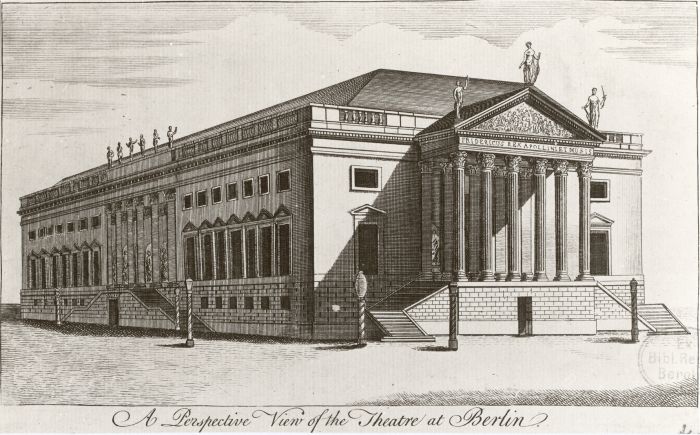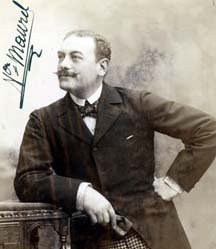|
George Gagnidze
George Gagnidze ( ka, გიორგი გაგნიძე) is a Georgian operatic baritone specializing in the Italian dramatic repertoire. He has performed at New York's Metropolitan Opera every season since 2008/09, including playing Giuseppe Verdi's '' Rigoletto''. Early life and career Gagnidze was born in Tbilisi and trained at the State Conservatory of his hometown. He made his debut as Renato in Giuseppe Verdi's Un ballo in maschera at the Paliashvili State Opera in 1996. As an award-winner of the " Leyla Gencer Voice Competition" and the "Elena Obraztsova Competition", he entered and won the "Concorso Voci Verdiane" chaired by Katia Ricciarelli and José Carreras in 2005. International career Following engagements in the ensembles of the opera houses of Osnabrück, and Weimar in 2008 Gagnidze performed the role of Scarpia in Giacomo Puccini's Tosca with the New York Philharmonic conducted by Lorin Maazel at Avery Fisher Hall (renamed David Geffen Hall in 2015) at ... [...More Info...] [...Related Items...] OR: [Wikipedia] [Google] [Baidu] |
Baritone
A baritone is a type of classical male singing voice whose vocal range lies between the bass and the tenor voice-types. The term originates from the Greek (), meaning "heavy sounding". Composers typically write music for this voice in the range from the second F below middle C to the F above middle C (i.e. F2–F4) in choral music, and from the second A below middle C to the A above middle C (A2 to A4) in operatic music, but the range can extend at either end. Subtypes of baritone include the baryton-Martin baritone (light baritone), lyric baritone, ''Kavalierbariton'', Verdi baritone, dramatic baritone, ''baryton-noble'' baritone, and the bass-baritone. History The first use of the term "baritone" emerged as ''baritonans'', late in the 15th century, usually in French sacred polyphonic music. At this early stage it was frequently used as the lowest of the voices (including the bass), but in 17th-century Italy the term was all-encompassing and used to describe the averag ... [...More Info...] [...Related Items...] OR: [Wikipedia] [Google] [Baidu] |
Luc Bondy
Luc Bondy (17 July 1948 – 28 November 2015) was a Swiss theatre and film director. Life and career upright=1.3, '' Charlotte Salomon'' at the Salzburg Festival 2014 Trained in Paris with the theatre teacher Jacques Lecoq, he received a job in 1969 as an assistant at the Hamburg Thalia Theatre. In a surprise, he took over in 1985 after the resignation of Peter Stein at the Schaubühne in Berlin. He also worked as a producer of both plays and operas at the Salzburg Festival, and in 1985 as a director at the Vienna Festival. He was the director of the most recent version of ''Tosca'', by Puccini, at the Metropolitan Opera in New York. Both the opera, as well as the director, were greeted by loud boos on opening night, 21 September 2009. The reception was generally negative. James Levine, the music director at the Metropolitan Opera likened the production to a 'Hitchcock movie' and the cultural critic for the ''New York Times'', Charles McGrath, felt that the new production w ... [...More Info...] [...Related Items...] OR: [Wikipedia] [Google] [Baidu] |
Arena Of Verona
The Verona Arena ( it, Arena di Verona ) is a Roman amphitheatre in Piazza Bra in Verona, Italy built in 30 AD. It is still in use today and is internationally famous for the large-scale opera performances given there. It is one of the best preserved ancient structures of its kind. In ancient times, the arena's capacity was nearly 30,000 people. The stage for concerts and opera performances decreases the available places to a maximum of 22,000. It will be used as the Closing ceremony venue for the 2026 Winter Olympics and two weeks later will be used for the Opening Ceremony for the 2026 Winter Paralympics in Milan and Cortina d'Ampezzo. Amphitheatre The building itself was built in AD 30 on a site which was then beyond the city walls. The ''ludi'' (shows and games) staged there were so famous that spectators came from many other places, often far away, to witness them. The amphitheatre could host more than 30,000 spectators in ancient times. The round facade of the buildi ... [...More Info...] [...Related Items...] OR: [Wikipedia] [Google] [Baidu] |
Staatsoper Berlin
The (), also known as the Berlin State Opera (german: Staatsoper Berlin), is a listed building on Unter den Linden boulevard in the historic center of Berlin, Germany. The opera house was built by order of Prussian king Frederick the Great from 1741 to 1743 according to plans by Georg Wenzeslaus von Knobelsdorff in the Palladian style. Damaged during the Allied bombing in World War II, the former Royal Prussian Opera House was rebuilt from 1951 to 1955 as part of the Forum Fridericianum square. Nicknamed ''Lindenoper'' in Berlin, it is "the first theater anywhere to be, by itself, a prominent, freestanding monumental building in a city." History Names Originally called the ''Königliche Oper'' (Royal Opera) from 1743, it was renamed as the ''Preußische Staatsoper'' (Prussian State Opera) in 1919, then as the ''Deutsche Staatsoper '' in 1955. Until 1990, it housed the state opera of East Germany. Since 1990, it is officially called the ''Staatsoper Unter den Linden'' (State Ope ... [...More Info...] [...Related Items...] OR: [Wikipedia] [Google] [Baidu] |
Deutsche Oper Berlin
The Deutsche Oper Berlin is a German opera company located in the Charlottenburg district of Berlin. The resident building is the country's second largest opera house (after Munich's) and also home to the Berlin State Ballet. Since 2004, the Deutsche Oper Berlin, like the Staatsoper Unter den Linden (Berlin State Opera), the Komische Oper Berlin, the Berlin State Ballet, and the Bühnenservice Berlin (Stage and Costume Design), has been a member of the Berlin Opera Foundation. History The company's history goes back to the ''Deutsches Opernhaus'' built by the then independent city of Charlottenburg—the "richest town of Prussia"—according to plans designed by Heinrich Seeling from 1911. It opened on 7 November 1912 with a performance of Beethoven's ''Fidelio'', conducted by Ignatz Waghalter. In 1925, after the incorporation of Charlottenburg by the 1920 Greater Berlin Act, the name of the resident building was changed to ''Städtische Oper'' (Municipal Opera). With the Na ... [...More Info...] [...Related Items...] OR: [Wikipedia] [Google] [Baidu] |
Vienna State Opera
The Vienna State Opera (, ) is an opera house and opera company based in Vienna, Austria. The 1,709-seat Renaissance Revival venue was the first major building on the Vienna Ring Road. It was built from 1861 to 1869 following plans by August Sicard von Sicardsburg and Eduard van der Nüll, and designs by Josef Hlávka. The opera house was inaugurated as the "Vienna Court Opera" (''Wiener Hofoper'') in the presence of Emperor Franz Joseph I and Empress Elisabeth of Austria. It became known by its current name after the establishment of the First Austrian Republic in 1921. The Vienna State Opera is the successor of the old Vienna Court Opera (built in 1636 inside the Hofburg). The new site was chosen and the construction paid by Emperor Franz Joseph in 1861. The members of the Vienna Philharmonic are recruited from the Vienna State Opera's orchestra. The building is also the home of the Vienna State Ballet, and it hosts the annual Vienna Opera Ball during the carnival season. ... [...More Info...] [...Related Items...] OR: [Wikipedia] [Google] [Baidu] |
Opéra National De Paris
The Paris Opera (, ) is the primary opera and ballet company of France. It was founded in 1669 by Louis XIV as the , and shortly thereafter was placed under the leadership of Jean-Baptiste Lully and officially renamed the , but continued to be known more simply as the . Classical ballet as it is known today arose within the Paris Opera as the Paris Opera Ballet and has remained an integral and important part of the company. Currently called the , it mainly produces operas at its modern 2,723-seat theatre Opéra Bastille which opened in 1989, and ballets and some classical operas at the older 1,979-seat Palais Garnier which opened in 1875. Small scale and contemporary works are also staged in the 500-seat Amphitheatre under the Opéra Bastille. The company's annual budget is in the order of 200 million euros, of which €100M come from the French state and €70M from box office receipts. With this money, the company runs the two houses and supports a large permanent staff, ... [...More Info...] [...Related Items...] OR: [Wikipedia] [Google] [Baidu] |
Teatro Alla Scala
La Scala (, , ; abbreviation in Italian of the official name ) is a famous opera house in Milan, Italy. The theatre was inaugurated on 3 August 1778 and was originally known as the ' (New Royal-Ducal Theatre alla Scala). The premiere performance was Antonio Salieri's ''Europa riconosciuta''. Most of Italy's greatest operatic artists, and many of the finest singers from around the world, have appeared at La Scala. The theatre is regarded as one of the leading opera and ballet theatres globally. It is home to the La Scala Theatre Chorus, La Scala Theatre Ballet, La Scala Theatre Orchestra, and the Filarmonica della Scala orchestra. The theatre also has an associate school, known as the La Scala Theatre Academy ( it, Accademia Teatro alla Scala, links=no), which offers professional training in music, dance, stagecraft, and stage management. Overview La Scala's season opens on 7 December, Saint Ambrose's Day, the feast day of Milan's patron saint. All performances must end befor ... [...More Info...] [...Related Items...] OR: [Wikipedia] [Google] [Baidu] |
Modest Mussorgsky
Modest Petrovich Mussorgsky ( rus, link=no, Модест Петрович Мусоргский, Modest Petrovich Musorgsky , mɐˈdɛst pʲɪˈtrovʲɪtɕ ˈmusərkskʲɪj, Ru-Modest Petrovich Mussorgsky version.ogg; – ) was a Russian composer, one of the group known as " The Five". He was an innovator of Russian music in the Romantic period. He strove to achieve a uniquely Russian musical identity, often in deliberate defiance of the established conventions of Western music. Many of his works were inspired by Russian history, Russian folklore, and other national themes. Such works include the opera '' Boris Godunov'', the orchestral tone poem ''Night on Bald Mountain'' and the piano suite ''Pictures at an Exhibition''. For many years, Mussorgsky's works were mainly known in versions revised or completed by other composers. Many of his most important compositions have posthumously come into their own in their original forms, and some of the original scores are now also ava ... [...More Info...] [...Related Items...] OR: [Wikipedia] [Google] [Baidu] |
Pagliacci
''Pagliacci'' (; literal translation, "Clowns") is an Italian opera in a prologue and two acts, with music and libretto by Ruggero Leoncavallo. The opera tells the tale of Canio, actor and leader of a commedia dell'arte theatrical company, who murders his wife Nedda and her lover Silvio on stage during a performance. ''Pagliacci'' premiered at the Teatro Dal Verme in Milan on 21 May 1892, conducted by Arturo Toscanini, with Adelina Stehle as Nedda, Fiorello Giraud as Canio, Victor Maurel as Tonio, and Mario Ancona as Silvio. Soon after its Italian premiere, the opera played in London (with Nellie Melba as Nedda) and in New York (on 15 June 1893, with Agostino Montegriffo as Canio). ''Pagliacci'' is the composer's only opera that is still widely performed. ''Pagliacci'' is often staged with ''Cavalleria rusticana'' by Pietro Mascagni, a double bill known colloquially as "Cav and Pag". Origin and disputes Leoncavallo was a little-known composer when Pietro Mascagni's ''Cavalleria ... [...More Info...] [...Related Items...] OR: [Wikipedia] [Google] [Baidu] |
Ruggero Leoncavallo
Ruggero (or Ruggiero) Leoncavallo ( , , ; 23 April 18579 August 1919) was an Italian opera composer and librettist. Although he produced numerous operas and other songs throughout his career it is his opera '' Pagliacci'' (1892) that remained his lasting contribution, despite attempts to escape the shadow of his greatest success. Today he remains largely known for ''Pagliacci'', one of the most popular and frequently performed works in the opera repertory. His other compositions include the song "Mattinata", popularized by Enrico Caruso, and the symphonic poem ''La Nuit de mai''. Biography The son of Vincenzo Leoncavallo, a police magistrate and judge, Leoncavallo was born in Naples on 23 April 1857. As a child, Leoncavallo moved with his father to the town of Montalto Uffugo in Calabria, where he lived during his adolescence. He later returned to Naples and was educated at the city's San Pietro a Majella Conservatory and later the University of Bologna studying literature ... [...More Info...] [...Related Items...] OR: [Wikipedia] [Google] [Baidu] |
Cavalleria Rusticana
''Cavalleria rusticana'' (; Italian for "rustic chivalry") is an opera in one act by Pietro Mascagni to an Italian libretto by Giovanni Targioni-Tozzetti and Guido Menasci, adapted from an 1880 short story of the same name and subsequent play by Giovanni Verga. Considered one of the classic ''verismo'' operas, it premiered on 17 May 1890 at the Teatro Costanzi in Rome. Since 1893, it has often been performed in a so-called ''Cav/Pag'' double-bill with ''Pagliacci'' by Ruggero Leoncavallo. Composition history In July 1888 the Milanese music publisher Edoardo Sonzogno announced a competition open to all young Italian composers who had not yet had an opera performed on stage. They were invited to submit a one-act opera which would be judged by a jury of five prominent Italian critics and composers. The best three would be staged in Rome at Sonzogno's expense. Mascagni heard about the competition only two months before the closing date and asked his friend Giovanni Targioni-Tozze ... [...More Info...] [...Related Items...] OR: [Wikipedia] [Google] [Baidu] |









